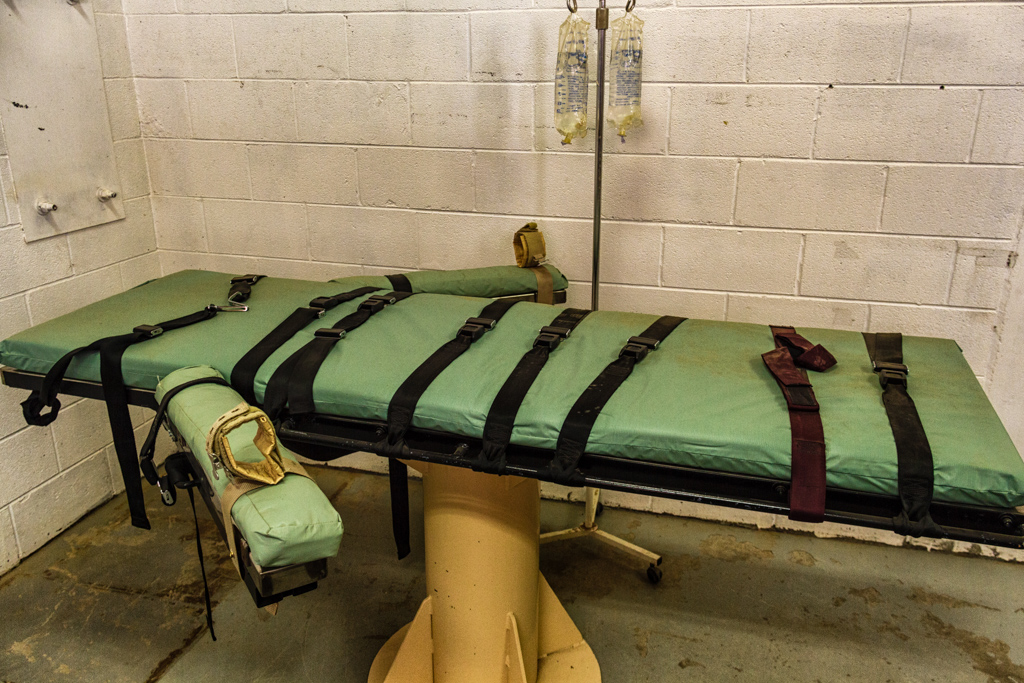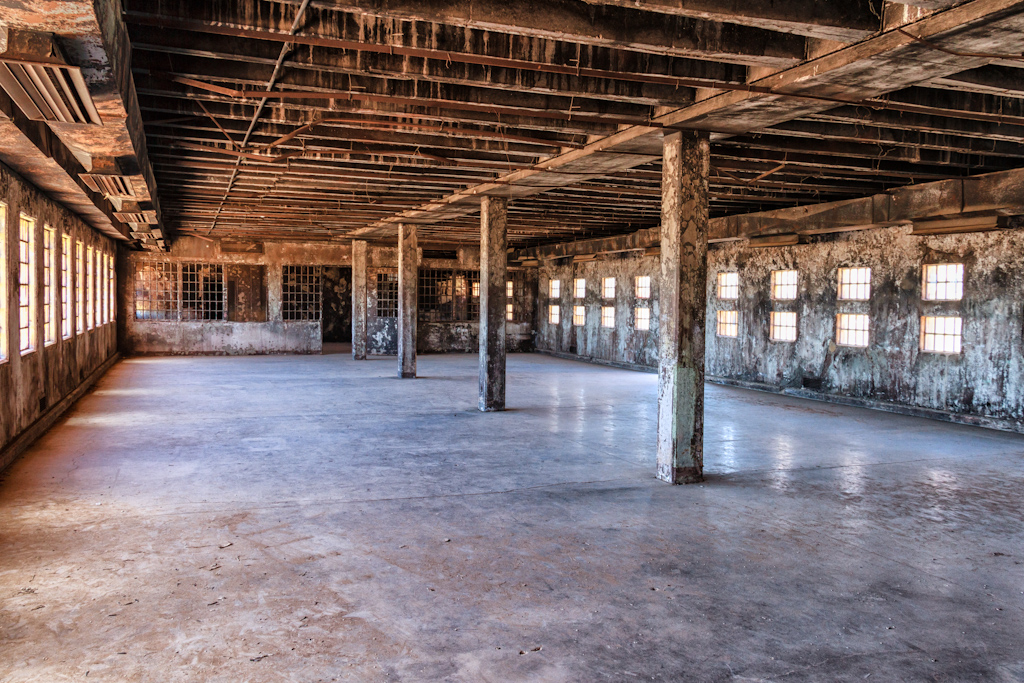
The New Mexico State Penitentiary Riot of 1980 was a pivotal event in the history of the American prison system. Spanning two days, it resulted in the loss of lives, extensive property damage, and significant changes in the way prisons are managed. In this article, we explore 20 compelling facts about the New Mexico State Penitentiary Riot, uncovering the details and consequences of this notorious incident.
The Riot: A Tragic Chapter in Prison History
The New Mexico State Penitentiary Riot, also known as the Santa Fe Prison Riot, took place from February 2 to 3, 1980, in the maximum-security prison located in Santa Fe, New Mexico. It is considered one of the deadliest prison riots in the United States. It began at 1:40 am when two inmates overpowered a police officer before he could close the door.
The Spark that Ignited the Fire
The riot began when many of the prisoners were intoxicated from homemade liquor they brewed inside the prison. Compounded with issues such as overcrowding, abuse by correctional officers, and inadequate healthcare, inmates seized this opportunity to rebel against the oppressive conditions within the prison.

Devastating Loss of Life
During the riot, 33 inmates lost their lives, and over 200 suffered injuries. Many of them, especially those in cell block 4 fell victim to brutal violence, while others died due to fires or suffocation. The aftermath of the riot saw numerous injuries, both among inmates and correctional staff.
Destruction and Chaos
The riot resulted in extensive damage to the prison facility. Cell blocks were burned down, offices were vandalized, and control rooms were demolished. The entire prison was left in ruins by the end of the violent uprising.
The Role of Inmate Organizations
Inmate organizations, such as the Mexican Mafia and the Black Guerrilla Family, played a significant role in organizing and fueling the riot. These groups sought to establish control and leverage power within the prison system.
Negotiations and Demands
During the riot, inmates presented a list of demands to the prison administration. These demands included improvements in living conditions, fair treatment, and more opportunities for education and rehabilitation.
Ineffective Response
The initial response to the riot was marred by delays and inadequate planning. Law enforcement agencies struggled to regain control of the situation, leading to prolonged violence and further loss of life.
The Use of Helicopters
To gain control of the situation, the authorities resorted to using helicopters to drop tear gas into the prison grounds. This tactic helped disperse the rioting inmates and pave the way for regaining control of the facility.
The Impact on Prison Reform
The New Mexico State Penitentiary Riot had far-reaching implications for the prison system in the United States. It highlighted the need for prison reform and brought attention to issues such as inmate rights, overcrowding, and the rehabilitation of offenders.

Investigations and Accountability
In the aftermath of the riot, multiple investigations were conducted to determine the causes and hold individuals accountable. The findings led to changes in prison management and the prosecution of those responsible for the violence.
Lessons Learned
The New Mexico State Penitentiary Riot served as a wake-up call for the prison system. It exposed the flaws and inadequacies within correctional facilities, leading to improved safety measures, better inmate management, and increased transparency.
The Long Road to Recovery
Rebuilding the prison after the riot was a challenging and lengthy process. It required extensive renovations and reforms to restore order and provide a safer environment for both inmates and staff.
Remembering the Victims
In memory of the lives lost during the riot, a memorial was established near the site of the former New Mexico State Penitentiary. The memorial serves as a reminder of the consequences of the incident and the ongoing need for prison reform.
Documentaries and Cultural Impact
The New Mexico State Penitentiary Riot has been the subject of various documentaries and films. These works shed light on the events, the individuals involved, and the impact of the riot on the American prison system.
Influence on Policy and Legislation
The riot prompted significant changes in prison policies and legislation. It brought attention to the need for human rights protections, the reduction of overcrowding, and the provision of adequate resources for inmate rehabilitation.
The Legacy of the Riot
The New Mexico State Penitentiary Riot continues to serve as a powerful reminder of the challenges faced by the prison system. It remains a symbol of the struggle for justice, reform, and the fair treatment of inmates.
Improved Safety Measures
Following the riot, corrections departments across the country implemented stricter safety protocols in prisons. These measures aim to prevent similar incidents and ensure the well-being of both inmates and staff.
The Importance of Rehabilitation
The riot emphasized the critical role of rehabilitation in the correctional system. It highlighted the need to provide inmates with opportunities for education, vocational training, and mental health support to reduce recidivism rates.

Collaborative Efforts for Change
In the wake of the riot, organizations and individuals dedicated themselves to advocating for prison reform. Collaborative efforts between activists, lawmakers, and correctional institutions have resulted in significant progress in improving prison conditions.
The Ongoing Struggle
While progress has been made in the decades since the New Mexico State Penitentiary Riot, challenges within the prison system persist. Continued advocacy and dedication are necessary to ensure that the lessons learned from this tragic event are not forgotten.
Final Thoughts
The New Mexico State Penitentiary Riot stands as a somber reminder of the complexities and shortcomings of the prison system. By examining the facts and consequences of this incident, we gain a deeper understanding of the need for ongoing reform and the pursuit of justice for all individuals within the correctional system.
Frequently Asked Questions (FAQs)
How long did the New Mexico State Penitentiary Riot last?
The riot lasted for two days, from February 2 to 3, 1980.
How many inmates died during the riot?
A total of 33 inmates lost their lives during the New Mexico State Penitentiary Riot.
Were there any improvements in the prison system after the riot?
Yes, the riot prompted significant changes in prison policies and legislation, leading to improvements in safety measures, inmate rehabilitation programs, and human rights protections.
Is the prison still operational after the riot?
Yes, the New Mexico State Penitentiary underwent extensive renovations and reforms following the riot and continues to operate today.
Are there any memorials honoring the victims of the riot?
Yes, a memorial was established near the site of the former New Mexico State Penitentiary to remember the lives lost during the riot and advocate for prison reform.
Note: The New Mexico State Penitentiary Riot remains a sensitive topic, and it is important to approach it with respect and empathy for those affected by the incident.
Was this page helpful?
Our commitment to delivering trustworthy and engaging content is at the heart of what we do. Each fact on our site is contributed by real users like you, bringing a wealth of diverse insights and information. To ensure the highest standards of accuracy and reliability, our dedicated editors meticulously review each submission. This process guarantees that the facts we share are not only fascinating but also credible. Trust in our commitment to quality and authenticity as you explore and learn with us.
